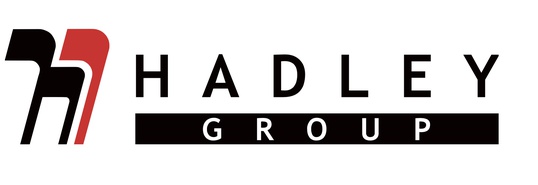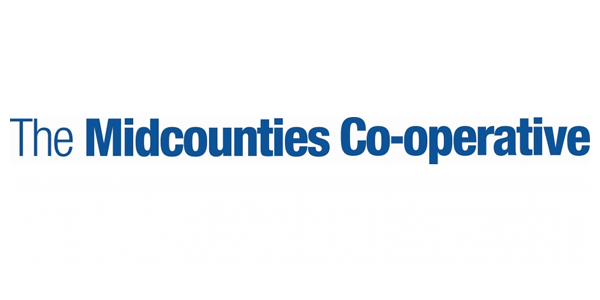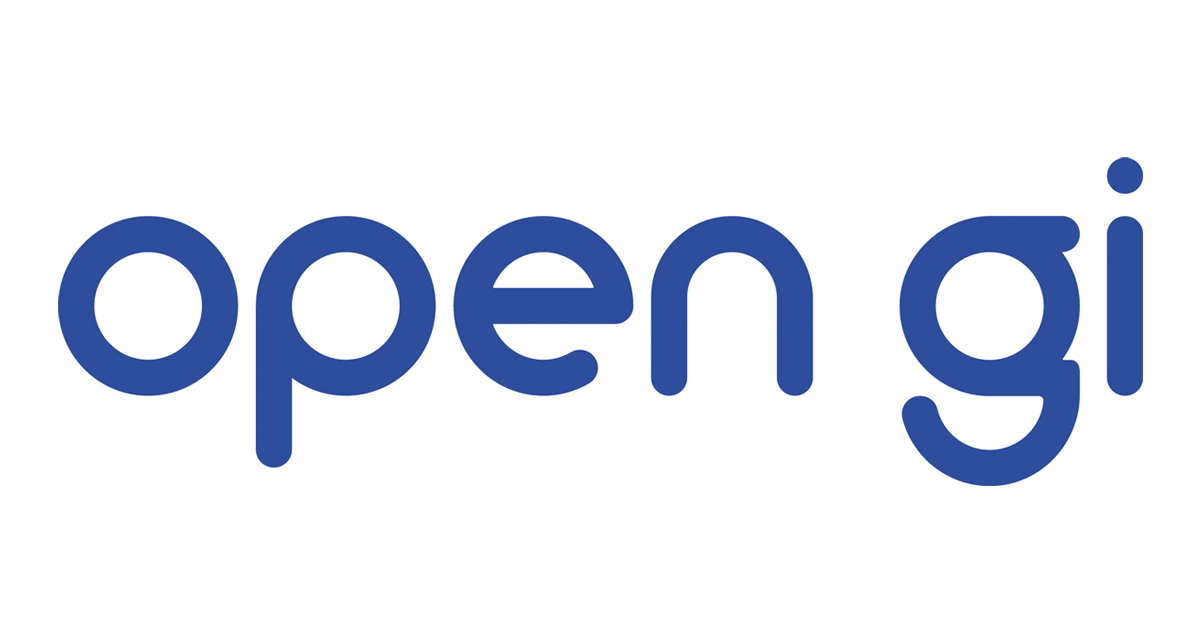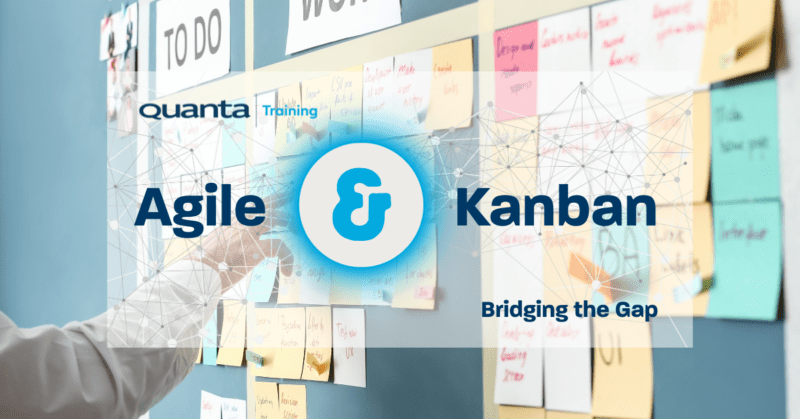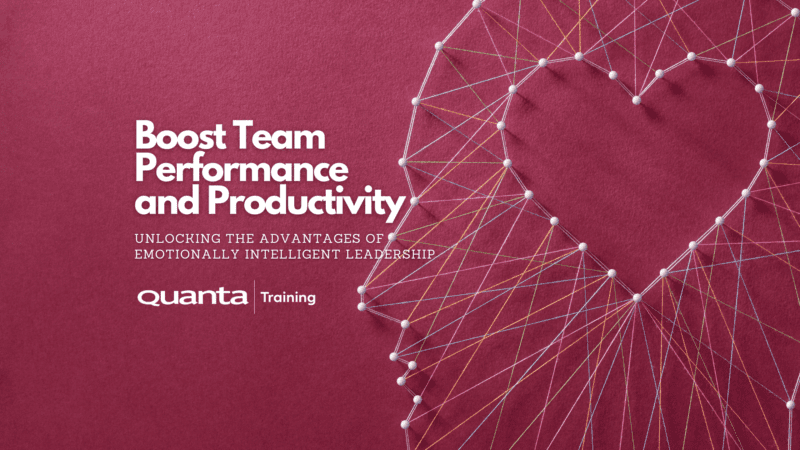
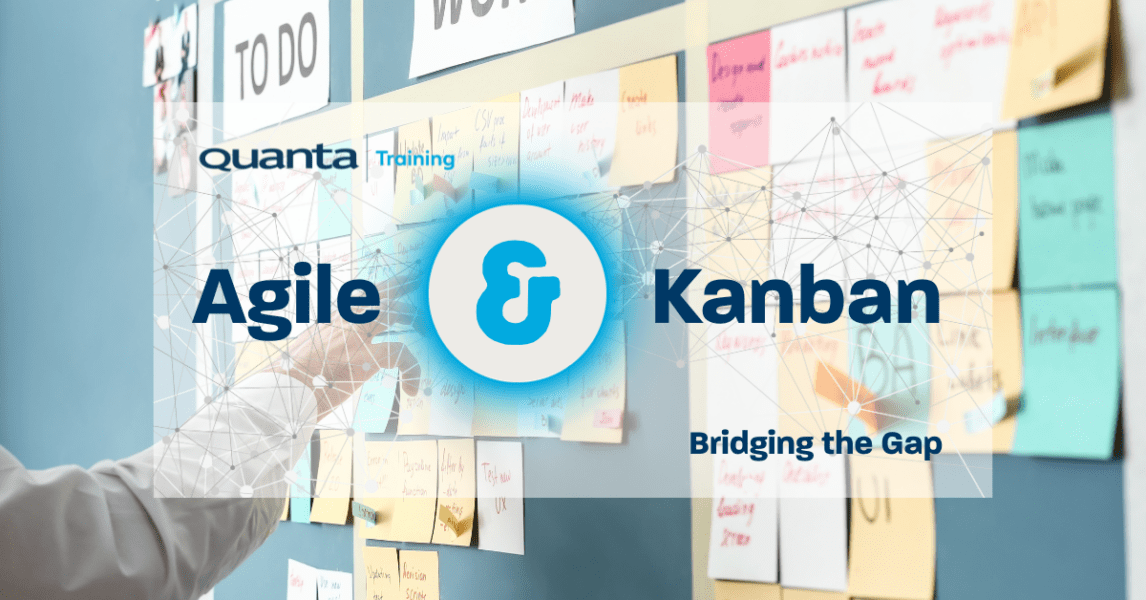
Kanban and Agile: Bridging the Gap
Kanban and Agile: Bridging the Gap
Quanta’s Kanban University Certified Trainer Steve Church explores the way in which Agile and Kanban works in unison to create a dynamic, customer-centric, and continuously improving work environment.
One thing that rings true across all the classrooms that I teach in is that businesses are constantly seeking ways to improve their operations and deliver higher-quality products and services.
Two methodologies that have garnered substantial attention are Agile and Kanban. While distinct in their approaches, when integrated thoughtfully, they form a potent combination.
Agile and Kanban, though originating from different contexts, share common goals of improving workflow efficiency.
Agile, born from work done by Software Engineers in the 80s and 90s and culminating in the Agile Manifesto of 2001, emphasises iterative development and customer collaboration.
Kanban, on the other hand, traces its roots back to Toyota’s lean manufacturing in the 1940s, evolving into a visual workflow management system.

Kanban storage area at Toyota Motamachi Plant
Let’s explore how Agile and Kanban can work harmoniously, providing a comprehensive framework for optimised work management and continuous improvement.
Visualising Workflow: Kanban’s Strength
The power of Kanban lies in visualising workflow. By utilising a Kanban board, teams create a visual representation of tasks, enhancing communication, accountability, and aiding in identifying bottlenecks. This transparency allows for a more balanced workload and improved workflow efficiency.
Setting Work in Progress (WIP) Limits
Kanban introduces the concept of setting WIP limits, preventing overloading and maintaining a manageable workload. This fosters focus, efficiency, and a smoother workflow. Agile, while not explicitly enforcing WIP limits, complements this by providing a structured framework for sprint planning and backlog management.
Embracing Flexibility with Agile
Agile is known for its adaptability. Teams commit to a set of tasks for a defined sprint, but it also allows for the reprioritisation of work based on evolving requirements. By combining Agile’s flexibility with Kanban’s visual workflow, teams can dynamically adjust priorities and resources.
A Customer-Centric Focus
Both methodologies share a commitment to delivering value to the customer. Agile prioritises customer collaboration through regular reviews and feedback sessions, while Kanban emphasises a customer-centric approach by visualising and delivering work based on customer needs and preferences.
Metrics-Driven Decision Making
Both Agile and Kanban encourage a data-driven approach to decision making. Agile provides insights into sprint velocity and burndown rates, while Kanban offers metrics like cycle times, lead times, and WIP levels. This combined data empowers teams to make informed decisions for process optimisation.
Achieving Continuous Improvement
Agile’s retrospectives and Kanban’s focus on continuous improvement create a powerful feedback loop. Teams reflect on what went well and what could be improved at the end of each sprint, while also regularly reviewing and optimising the workflow for ongoing efficiency gains.
Finding the Right Balance
Integrating Agile and Kanban requires finding the right balance between structured sprint cycles and dynamic task management. Agile offers predictability through sprint planning, while Kanban allows for flexibility in task selection and workload management, ensuring teams can adapt to changing priorities without missing deadlines.
Training and Support
Providing training and support for team members to understand and effectively use both methodologies is crucial. This ensures they can seamlessly transition between Agile and Kanban, harnessing the strengths of each as needed.
Conclusion
Ultimately, incorporating Agile and Kanban into your organisational workflow is not about choosing one over the other, but rather recognising their complementary strengths. By leveraging Agile’s structured development framework and Kanban’s visual workflow management, organisations can create a dynamic, customer-centric, and continuously improving work environment.
This combined approach empowers teams to deliver high-quality products or services efficiently while remaining adaptable to evolving business needs.
The result? A powerful synergy that propels your organisation towards greater efficiency and success!
Yes We Kanban!
Quanta are now official providers of Kanban University Accredited Courses. We’re now taking bookings for 2024 virtual course Instructor led training.
Click on the links to view dates for Kanban System Improvement (KSI), Team Kanban Practitioner (TKP) and Kanban System Design (KSD).
If implementation of Kanban is something that you’re considering or would like to learn more, reach out! I’d love to hear from you.
Trusted By
Get Started
Forget trawling through endless course catalogues – Find the training that’s right for you
Discover Certified Kanban University CoursesLatest from our blog
Kanban and Agile: Bridging the Gap
Kanban and Agile: Bridging the Gap Quanta’s Kanban University Certified Trainer Steve Church explores the way in which Agile and…
Read More
How a Ballerina could move into Cybersecurity
Jason Ford, Quanta Cybersecurity and IT Trainer talks about the limitations in Cybersecurity Training courses. Jason discusses a safe and…
Read More
Boost Team Performance and Productivity: Unlocking the Advantages of Emotionally Intelligent Leadership
Quanta People Development and Leadership Trainer, Giles Collins outlines the key elements of Emotionally Intelligent Leadership and how it impacts…
Read More


